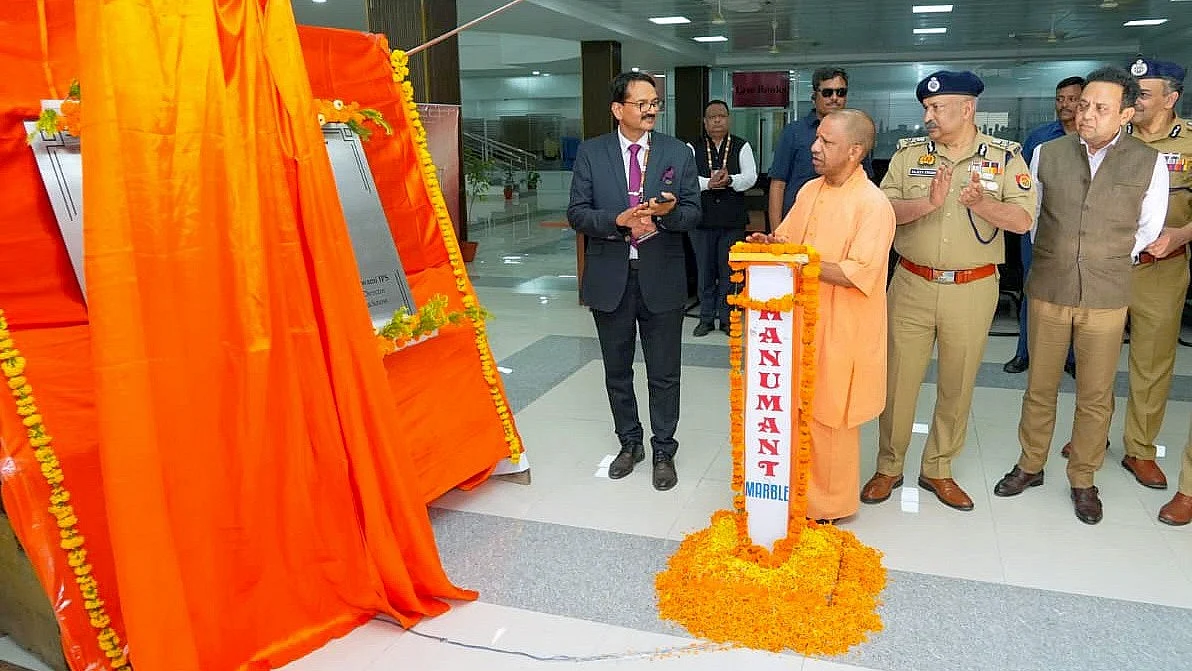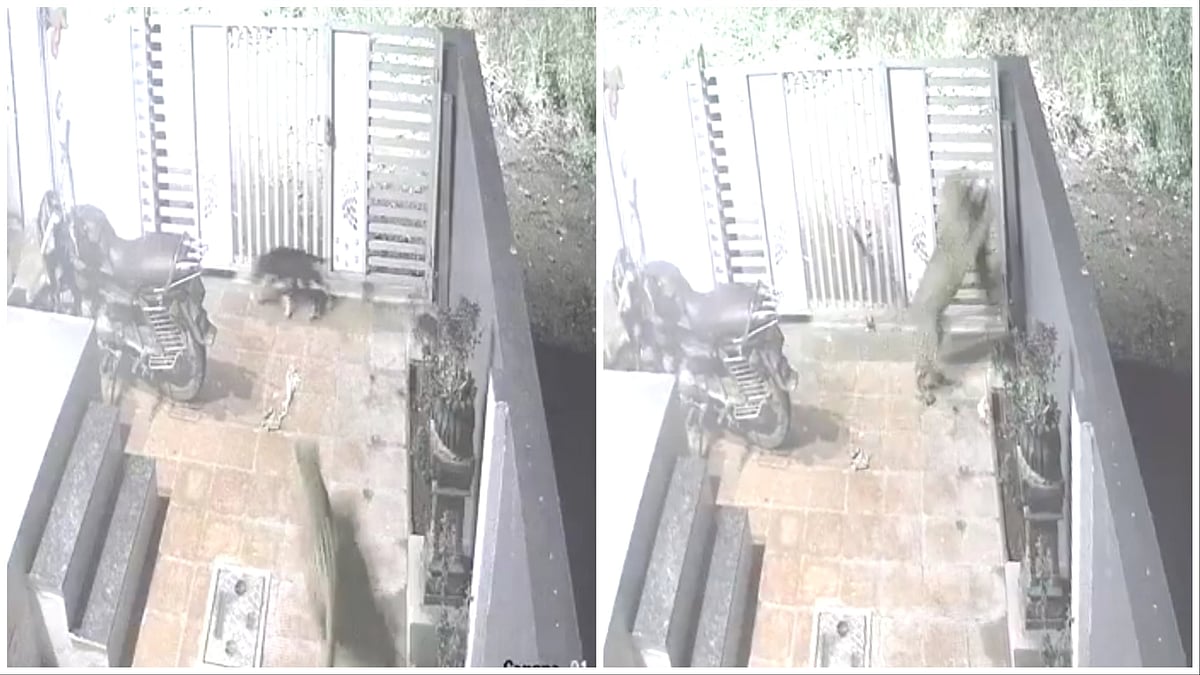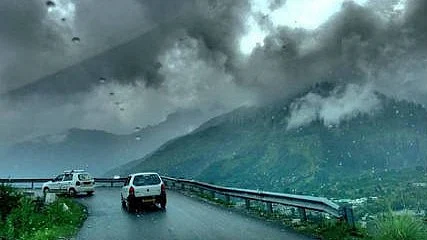The Ayodhya administration has launched a survey to widen five roads in the historic Ramkot area, popularly known as “Aastha ki Galiyan” (streets of faith), leading up to the Ram Mandir. The initiative, under the ongoing Aastha Path project, is aimed at streamlining crowd movement and improving infrastructure in the temple town. But the plan has sparked unease, as several temples, mutts and residential structures are likely to face demolition.
Officials confirmed that a lekhpal has been deputed to conduct the preliminary survey. “Widening these roads is necessary to ensure smooth movement of devotees, especially during peak pilgrimage seasons,” a senior official said.
The Aastha Path corridor, whose construction began on December 12, 2023, is being executed by the Public Works Department (PWD). It features utility ducts, drainage systems, water supply pipelines, and concrete roads. PWD executive engineer Shashi Bhushan Singh said that an advanced drainage system had been laid to prevent monsoon waterlogging, while street lighting and aesthetic elements are nearing completion.
The corridor will also link Bhakti Path—which connects Hanuman Garhi to the Ram temple—directly to the shrine. This is expected to help manage the heavy rush of pilgrims throughout the day.

Demolition fears return
For locals, the announcement has revived painful memories of the Ram Path project. In that earlier exercise, 2,200 shops, 800 houses, 30 temples, nine mosques, and six tombs were razed. Many of those displaced say they are still waiting for fair compensation.
“Two years have passed since my shop was demolished for Ram Path. I have not received full compensation till now. The administration makes promises, but nothing moves on the ground,” said Rajesh Gupta, a shopkeeper from Tedhi Bazar.
Another resident, Meera Devi, whose ancestral house was demolished, said her family has been living in rented accommodation. “We sacrificed our home for the temple city’s beautification, but the government has abandoned us. Forget compensation, not even proper rehabilitation was offered,” she alleged.
The possibility of further demolitions for Aastha Path has left several families anxious. “We are devotees of Lord Ram, but development should not mean destroying the lives of the poor,” said Kamlesh Verma, who lost his tailoring shop during the Ram Path drive.
Officials maintain that idols from demolished temples were respectfully relocated to other religious sites, and that compensation processes are under way. Yet, the perception of neglect persists among many affected families.
Political undertones
The issue has political resonance as well. In the 2024 Lok Sabha elections, the BJP lost the Faizabad (Ayodhya) seat despite the inauguration of the Ram temple, a result that stunned many observers. Political pundits point to the anger over large-scale demolitions and delays in compensation as one of the reasons behind the setback.
“While Ayodhya’s development has been showcased as a model, the reality is that thousands of small traders and residents were displaced. Their resentment clearly reflected in the ballot,” said political analyst R.N. Bajpayee.
With the state government now pushing forward with Aastha Path, opposition parties are expected to sharpen their criticism. “The government talks about Ram Rajya, but people are still waiting for their rightful compensation. This is hypocrisy,” said Faizabad MP and Samajwadi Party leader Awdhesh Prasad.

Balancing growth and grievance
The administration insists that widening the 2.57-km Tedhi Bazar–Asharfi Bhawan–Post Office road and the 1.21-km Sanskrit Mahavidyalaya–Kanak Bhawan stretch—both to 10 metres—along with other identified routes will make pilgrim movement seamless. Ayodhya mayor Girishpati Tripathi said the aim was to “ease congestion, boost tourism, and enhance the pilgrim experience.”
But on the ground, unease remains. For many residents, Ayodhya’s transformation into a global spiritual hub represents both pride and pain. The coming months will test whether the administration can strike a balance between infrastructure growth and justice for those who have borne its costs.









